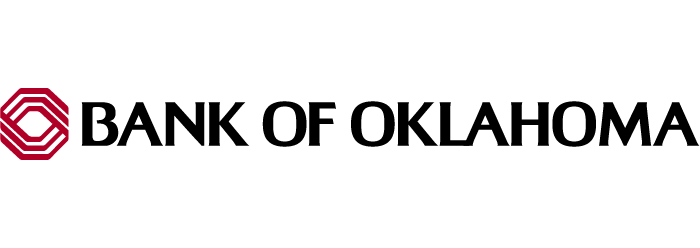
- Details
- By BOK Financial Mortgage
Section 184 loans can make buying a house—or accessing home equity—more affordable for Native Americans

If you’re concerned that higher rates may have pushed you out of the housing market, a federal program may help put your dream home back within reach.
The Section 184 Indian Home Loan Guarantee Program aims to make homeownership easier for Native Americans through a lower down payment and lower monthly guaranty fee (similar to mortgage insurance). “This all helps the borrower have an overall lower payment with limited amount of money out of pocket,” said Karen Heston, senior mortgage banker with BOK Financial Mortgage in Oklahoma.
Those benefits are available regardless of current mortgage rates and serve as a reminder that focusing on mortgage rates alone can mean overlooking other aspects of home buying that can significantly impact your monthly payment, experts said.
“Borrowers are definitely asking about rates, but what’s more important than ever is that we match borrowers with the right program for them,” explained Heather Drummond, senior manager of community business development for BOK Financial.
“We have to understand where you—the borrower—want to be as far as payment is concerned and how much you have to put down,” she continued. “That’s why it’s very important to discuss these questions upfront.”
Learn what programs you qualify for
Oftentimes, Section 184 loans are more beneficial than conventional home loans for qualified borrowers. For instance, unlike first-time home buyer products, there is no income limit for a Section 184 loan, noted Elvira M-Duran, a mortgage banker with BOK Financial Mortgage in New Mexico.
But one challenge associated with Section 184 loans is that some borrowers who would qualify either don’t know they exist or hold misconceptions about this type of loan program.
For example, one common misconception is that they can only be used on tribal trust land, which is no longer the case, Duran said. The program has expanded to be accessible on or off reservation land; however, it can’t be used everywhere. In some states, such as Texas, only some counties are eligible. In other states—such as Oklahoma, Arizona and Colorado—all counties are eligible. A full list of approved lending areas is available on the HUD website. To qualify, you must be an American Indian or Alaska Native who is a member of a federally recognized tribe.
Another common misconception is that Section 184 loans can only be used to buy a home. “This product is not just for purchasing. Existing home owners can also refinance for debt consolidation, remodeling, getting cash back or lowering their rate,” Duran clarified.
Questions for your banker
Even if you’re certain your situation qualifies for a Section 184 loan there are questions you should ask your loan officer:
- Does the loan have to be sent out for governmental approval? BOK Financial is one of only a few lenders able to accelerate the process by approving Section 184 loans on behalf of HUD, rather than sending paperwork to HUD for approval. “I am with my borrowers before, during and even after the closing,” Heston said.
- How experienced are you with Section 184 loans? BOK Financial has specialized Native American home loan officers who are experienced with the unique Section 184 loan requirements and approval process.
- Can the loan be used with other assistance programs? Help is sometimes available from tribes and states which offer down payment assistance. In these cases, the assistance can often be used in conjunction with the Section 184 program.
- Is a Section 184 loan the right product for me? Although Section 184 loans are often the best option for qualified borrowers, there are some cases—such as when a person has a high credit score and low income—where a conventional loan may be a better fit, Drummond said.
- Does my co-borrower have to be Native, too? No. Even if your co-borrower is not Native, their income will still apply.
“We want to be sure our clients and local Native communities are aware of these opportunities, especially if it means getting someone into their first home,” Drummond said.
Interested in learning more about Bank of Oklahoma 184 loans, click here.
Services provided by BOKF, NA. Member FDIC. Equal Housing Lender (EHL Logo). BOK Financial® is a trademark of BOKF, NA. ©20XX BOKF, NA.NMLS ID 403501
Help us defend tribal sovereignty.
At Native News Online, our mission is rooted in telling the stories that strengthen sovereignty and uplift Indigenous voices — not just at year’s end, but every single day.
Because of your generosity last year, we were able to keep our reporters on the ground in tribal communities, at national gatherings and in the halls of Congress — covering the issues that matter most to Indian Country: sovereignty, culture, education, health and economic opportunity.
That support sustained us through a tough year in 2025. Now, as we look to the year ahead, we need your help right now to ensure warrior journalism remains strong — reporting that defends tribal sovereignty, amplifies Native truth, and holds power accountable.
 The stakes couldn't be higher. Your support keeps Native voices heard, Native stories told and Native sovereignty defended.
The stakes couldn't be higher. Your support keeps Native voices heard, Native stories told and Native sovereignty defended.
Stand with Warrior Journalism today.
Levi Rickert (Potawatomi), Editor & Publisher
